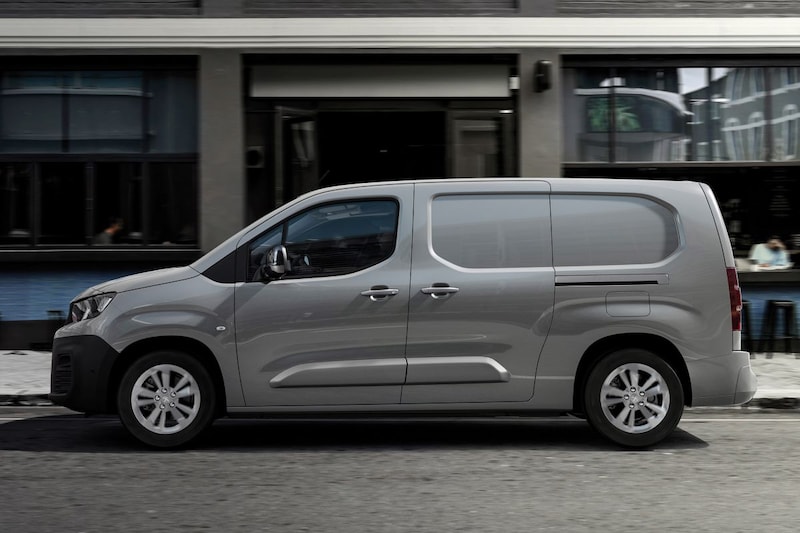
Within a few years, more cities in the Netherlands will have zones where only zero-emission delivery vans and trucks are allowed.
Polluting delivery vans and trucks will no longer be welcome in the city centers of many large cities in the Netherlands in five years’ time. So far, 27 municipalities have made plans to introduce a so-called zero-emission zone for freight transport, according to an inventory by Natuur & Milieu. In such zones, for example, only electric vans or hydrogen buses and trucks are still welcome to, for example, supply shops. No decision has yet been taken in five of the municipalities, but the municipal council does have the ambition to establish a low emission zone. The largest cities have already decided to do so. Amsterdam, Rotterdam, The Hague, Utrecht, Eindhoven, Tilburg and Groningen are among the cities that want to have a low-emission zone for local freight transport by 2025 or 2026.
The number of municipalities that have plans to ban polluting trucks and vans has increased significantly in the past year. A year ago, only eight municipalities had such intentions and only Amsterdam had made a formal decision. Natuur & Milieu points out that the zones announced often only include the city center and not the surrounding neighbourhoods. The organization thinks this is a shame, because a larger zone means that companies need to switch to clean vehicles, which run on electricity or hydrogen, for example. “Smaller zones make the switch to zero-emission vehicles less attractive and result in less CO2 reduction.” In addition, it was agreed in the Climate Agreement to include neighborhoods around centers in low-emission zones. Only a third of the municipalities do this now.
The details of the plans for a quarter of the municipalities are still unclear. And several municipalities want to set a transition period for delivery vans. It is therefore still uncertain whether the CO2 reduction of 1 megaton envisaged in the agreement will be achieved. Natuur & Milieu advises the national government to determine as soon as possible whether the target has been achieved. “If that is not the case, adjustments can still be made now.” It is also important for entrepreneurs to know where they stand, adds the environmental organization.
Subsidy
On Budget Day it was announced that the caretaker cabinet wants to pay for emission-free delivery vans. An additional €28 million will be earmarked in the coming years for purchase subsidy for fully electric delivery vans. Hydrogen buses are also part of this. Such a subsidy was already created in March of this year. For this year there is €22 million available, of which less than half has been used to date. The subsidy depends on the vehicle category and amounts to a maximum of €5,000.
– Thanks for information from Autoweek.nl